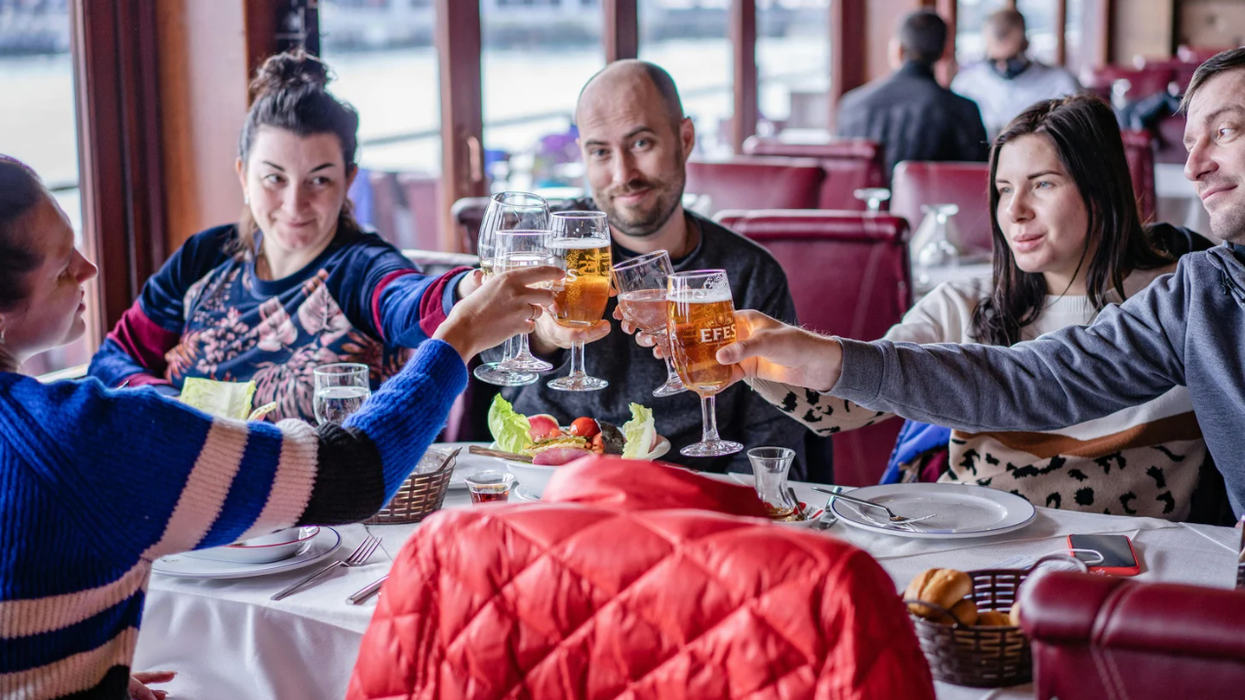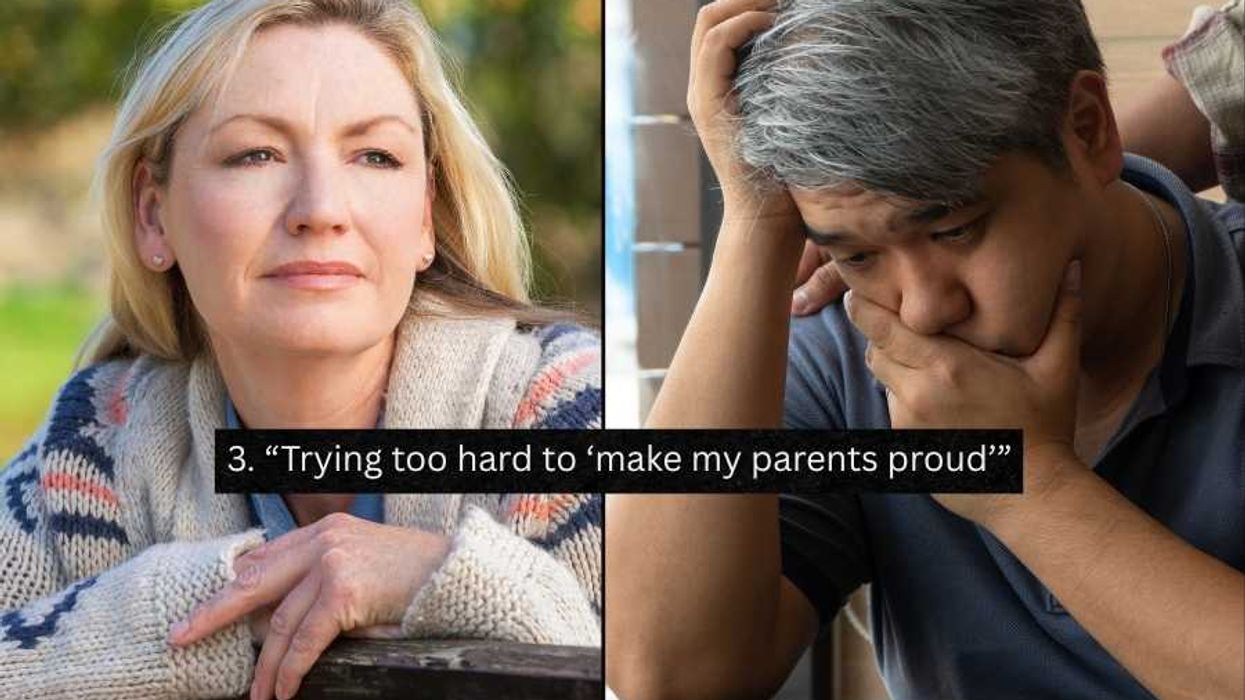When I was a child in Vermont, fiddleheads fascinated me. Their tight furls made me think of fairies and elves and other magical woodland activity. Even the name, fiddlehead, sounds like something a mischievous elf might play under the wan glow of a harvest moon to hypnotize a human. The baby ferns are actually the subject of folklore. In the Shakespearean drama “Henry IV, Part 1,” Gadshill the thief talks of magical properties of “fern-seed” being cause to render him invisible.
The “fern-seed” invisibility superstition pops up again in “The Fair Maid of the Inn,” a famous 17th century comedic play by John Fletcher and his co-writers, as well as in Ben Jonson’s “The New Inn.” The best fiddlehead cookbook out there, Fiddleheads & Fairies by Maine-based writer Nannette Richford, includes many allusions to the mysticism behind fiddleheads.
Perhaps the fiddlehead that enchanted me had supernatural abilities indeed.
As the winter gave way to mud season, the fiddleheads would spurt up in bunches, and I would come across thousands of them at a time. I would pile them in my shirt and bring them home, and my mother would fry them in butter, and we would have them with dinner.
Fiddleheads get their name from the wound bow carved into the neck of a violin. When the fronds start to uncurl in late April, they are ready to pick. Eaten alone, they have a slightly metallic taste—many people say they taste a bit like asparagus. I think they taste like the mossy deep woods, but that’s probably just the context of my memory.
They are a forager’s dream, full of antioxidants and a good source of protein, zinc, riboflavin, and vitamins A and C. But not all fiddleheads are created equal. In fact, the University of Maine has published guidelines for picking ostrich fern fiddleheads, including looking for a distinctive groove inside the stem and a brown papery cover over the bright green curl. And this 1985 article in the Orlando Sentinel outlines the concerns about eating the wrong kind of fiddlehead. Neither article recommends eating the nonostrich types of fiddleheads (bracken fiddleheads are commonly eaten in Korean cuisine, though they mainly eat the stem after the fern has matured).
Many foragers urge to err on the safe side. For one, other types of fiddleheads—including ones that look like ostrich ferns— can be poisonous. Other types of fiddleheads have been known to carry carcinogens. And most importantly, the majority cooks insist on taking care to cook fiddleheads long enough. (Boil them twice, or boil them, and then fry or bake them.)
Fiddleheads have an extraordinarily short harvest season, and if you blink you might miss it, so we’re warning you now to mark your calendar to head out into the woods and find yourself some bright green treats. If that’s not a possibility, look out for the forest vegetable to pop up in farmers markets in early spring.
Here are a few good recipes to get you started:
Green Curry with Chicken and Fiddleheads (via Earthy Delights)
Emeril Lagasse’s Fiddlehead Ferns and Angel Hair Pasta (via the Food Network)
Stir-fried Fiddlehead Ferns (via NYT Cooking)
Thai Fried Fiddleheads (via Eat Halifax)
















 Jeff Bridges at Comic Con.Photo by Gage Skidmore via
Jeff Bridges at Comic Con.Photo by Gage Skidmore via 

 Whitney Carpenter with a patient in one of her custom port shirtsAtrium Health
Whitney Carpenter with a patient in one of her custom port shirtsAtrium Health 
 People at a public library.Image via
People at a public library.Image via  Father and child making origami together.Image via
Father and child making origami together.Image via  Woman takes a bath.Image via
Woman takes a bath.Image via  Older man solving newspaper crossword on a street table.Image via asdf - Photo by Mathias Reding
Older man solving newspaper crossword on a street table.Image via asdf - Photo by Mathias Reding Happy seniors ride bikes.Image via sdf - Photo by Syda Productions
Happy seniors ride bikes.Image via sdf - Photo by Syda Productions



 Men practice mindfulness overlooking the cliffs and ocean.Image via
Men practice mindfulness overlooking the cliffs and ocean.Image via  Man smiles at dusk.Image via sss - Photo by ridofranz
Man smiles at dusk.Image via sss - Photo by ridofranz
 People chat on a video callCanva
People chat on a video callCanva A parked school busCanva
A parked school busCanva